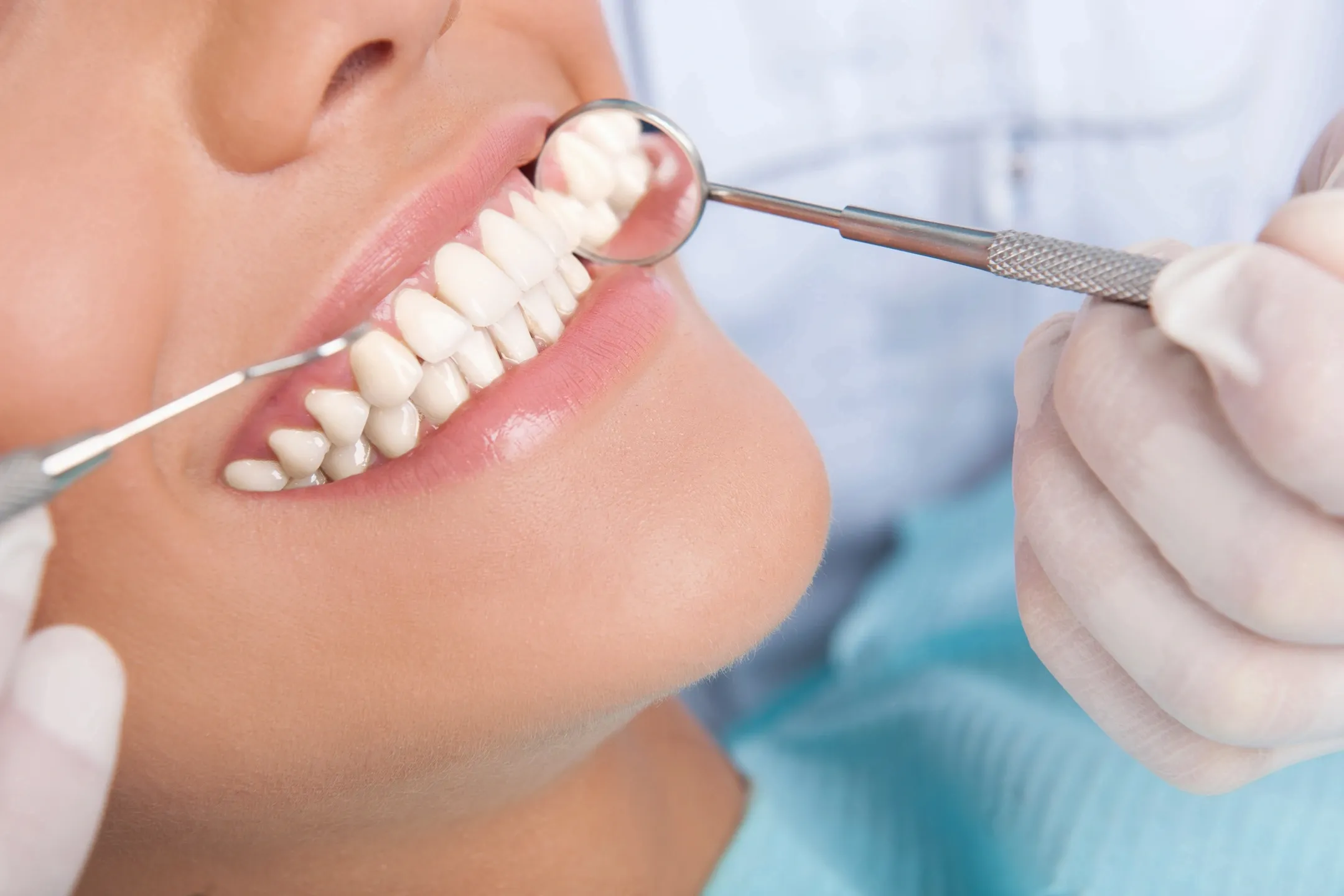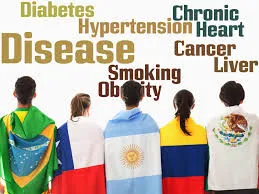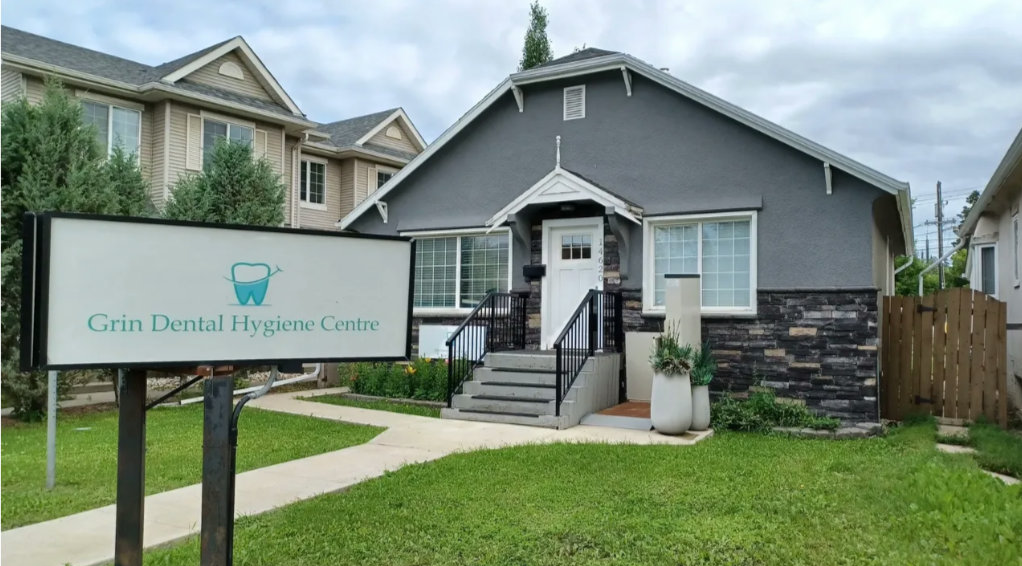The Dangers of Tobacco Use and Its Impact on Oral Health

When we think about the risks associated with tobacco use, our minds often jump to severe health issues like lung cancer or heart disease. However, the consequences of tobacco extend far beyond our lungs, significantly impacting oral health as well. In this blog post, we’ll explore the dangers of tobacco, including traditional smoking, cannabis use, and vaping, and discuss how these habits can affect your smile.
The Impact of Tobacco on Oral Health
Tobacco use is a leading cause of various oral health problems. Smokers are at a higher risk of developing gum disease, tooth decay, and oral cancers. Here’s a closer look at some of the specific oral health issues linked to tobacco:
- Gum Disease: Tobacco weakens your immune system, making it harder for your body to fight off infections, including those that affect your gums. Smokers are significantly more likely to develop gingivitis and periodontitis, which can lead to tooth loss if untreated.
- Oral Cancer: Tobacco is a major risk factor for oral cancers, including cancers of the mouth, throat, and tongue. The harmful chemicals in tobacco can damage the cells in your mouth, increasing your risk of developing cancer.
- Bad Breath and Staining: Tobacco leaves an unpleasant odor on the breath and can lead to significant teeth staining. This can affect your self-esteem and your willingness to smile.
- Delayed Healing: If you’ve had dental surgery or procedures, tobacco can slow down the healing process. This can lead to complications and extended discomfort.
Cannabis Use and Oral Health
Cannabis, whether smoked or consumed in edibles, also presents risks for oral health. While many people may think of cannabis as a safer alternative to tobacco, it can still contribute to oral issues:
- Dry Mouth: Cannabis use can lead to dry mouth, which decreases saliva production. Saliva is essential for neutralizing acids and washing away food particles, so reduced saliva can increase the risk of cavities and gum disease.
- Gum Health: Similar to tobacco, smoking cannabis can irritate the gums and oral tissues, potentially leading to inflammation and other gum problems.
Vaping and Oral Health
Vaping has become a popular alternative to traditional smoking, but it’s not without its risks. Many vape liquids contain nicotine and other harmful substances that can impact oral health:
- Increased Risk of Gum Disease: Like traditional smoking, vaping can contribute to gum inflammation and periodontal disease.
- Chemical Exposure: The chemicals in vape liquids can have detrimental effects on oral tissues, potentially leading to long-term health issues.
Seeking Help from Your Edmonton Dental Hygiene Clinic
If you use tobacco, cannabis, or vape and are concerned about the impact on your oral health, it’s essential to reach out to your independent dental hygienist. They can provide you with the necessary tools and resources to help you quit these habits. Many dental hygienists are trained to offer support, including counseling on cessation programs and tips for maintaining oral hygiene during the quitting process.
Conclusion
Tobacco use, cannabis consumption, and vaping can all have significant negative effects on your oral health. Understanding these risks is the first step toward making informed decisions about your habits. If you’re looking to quit, don’t hesitate to connect with your independent dental hygienist at Grin Dental Hygiene Centre. They’re not just great at cleaning teeth, they’re there to support you on your journey to a healthier, brighter smile!
Your oral health is important, and taking proactive steps today can lead to a healthier tomorrow. Let’s work together to keep your smile shining bright!
The Surprising Effects of Mouth Breathing on Your Oral Health

Hey there, dental dynamos! Let’s chat about something that’s not just a quirky habit but a sneaky culprit in the world of oral health: mouth breathing. We’ve all seen the classic “mouth agape” look, but what’s going on inside those chompers when we breathe through our mouths? Spoiler alert: it’s not pretty!
What’s the Big Deal?
You might think, “Hey, I’m just getting some air in!” But mouth breathing can have some serious consequences for your pearly whites (and your overall health). Here’s why you should consider swapping that “gasping goldfish” style for a more refined “noble nostrils” approach.
1. Dry Mouth: The Arid Desert of Oral Care
When you breathe through your mouth, you’re like a fish out of water—except there’s no water! A dry mouth can lead to a host of issues:
- Bad Breath: Less saliva means more bacteria partying it up in your mouth, resulting in halitosis. Trust us, your friends will thank you for keeping your mouth closed.
- Tooth Decay: Saliva is your mouth’s natural defense against cavities. Without it, sugar and bacteria have a field day, leading to more dental work than you bargained for.
2. Altered Oral Flora: The Unwanted Houseguests
Your mouth has a delicate ecosystem, much like your favorite neighborhood coffee shop (where no one likes a messy counter). Mouth breathing disrupts this balance, making it easier for harmful bacteria to take over. This can lead to gum disease and even more serious health issues down the line.
3. Jaw Issues: The Not-So-Sweet Symphonic Strain
Did you know that mouth breathing can change the way your jaw develops? It can lead to misalignment, making you more prone to TMJ (Temporomandibular Joint Disorder) and that delightful crunching sound when you chew. Not exactly the sound of music!
4. Snoring and Sleep Issues: A Family Affair
If you’re a habitual mouth breather at night, snoring may become your unwelcome night-time companion. It can disrupt your sleep and your partner’s, too. Plus, poor sleep quality can lead to a whole host of other health issues. So, if you want to be the serene sleeper instead of the human chainsaw, close that mouth!
How to Kick the Habit
If you or your little ones are guilty of mouth breathing, don’t fret! Here are some tips to help you breathe easier (and healthier):
- Nasal Breathing Exercises: Start practicing breathing in and out through your nose. It may feel a bit weird at first, but your mouth will thank you!
- Stay Hydrated: Keep that saliva flowing by drinking plenty of water throughout the day. Your mouth will appreciate it!
- Address Allergies: If allergies are the culprit behind your mouth breathing, consider consulting a healthcare professional for relief options.
- Orthodontic Consultation: If your jaw or dental alignment is off, see your dentist. They can provide solutions to help you breathe better.
Final Thoughts
Mouth breathing might seem harmless, but it can have some serious ramifications for your oral health. So, next time you catch yourself breathing like a stunned fish, remember the consequences and make an effort to close that mouth! Your smile will thank you, and so will everyone around you. And, don’t forget to reach out to your dental hygienist at Grin Dental Hygiene Centre in Edmonton. They can help you achieve your goals.
Stay shiny and keep smiling! 🌟
How often to get your teeth cleaned

How often should a teeth cleaning be performed?
Great question with a complex answer:
Generally, if you have good oral health and healthy tissues, it’s a good idea to have your tartar (calculus) removed every 6 months.
When we brush our teeth, we remove plaque, the fuzzy/sticky stuff that forms on our teeth daily. Plaque is a combination of a protein layer that forms on everyone’s teeth (called, acquired pellicle), bacteria from our saliva, and the food we eat.
However, we can never remove all the plaque with brushing and flossing alone.
The remaining plaque gets mineralized by our saliva turning it into tartar (calculus).
You need to have tartar professionally removed as no matter how hard you scrub with your toothbrush, it will not remove tartar. And, in fact, scrubbing the tartar can make it stick more strongly onto your teeth and scrubbing can wear away your gums contributing to gum recession and tooth sensitivity.
Long term, tartar the sits on the teeth for too long contributes to gum disease and eventually, periodontal disease. Periodontal disease is inflammation around the teeth that causes bone loss and eventual tooth loss.
So, you see, it is a bit of a loaded question.
If you have active gum or periodontal disease, it is likely that your Edmonton Dental Hygienist near you will request you have your teeth cleaning ie:scaled (tartar removed) more often (possibly every 2, 3 or 4 months) for awhile until your mouth reaches a healthy state free of bleeding and inflammation that can be treated less frequently in order to simply maintain good oral health.
If you have further questions, we are happy to help! Please fee free to reach out to us at any time.
Grin Dental Hygiene Centre is here for you at ANY stage.
To improve health disparities, focus on oral health

By Ross Perry | February 26, 2019
That’s the recommendation on a new blog from the Robert Wood Johnson Foundation. How so? Well, here’s an argument.
Let’s begin by recognizing chronic diseases such as diabetes and COPD have a much higher prevalence in poorer communities than rich ones. For example, about 4 in 100 adults in Rosedale (high income) in Toronto have diabetes, whereas, 3 kilometers away in St. Jamestown (low income), 12 in 100 are diabetic.
Secondly, let’s also recognize these chronic medical conditions are bidirectionally linked to poor oral health. One plays off on the other.
Thirdly, let’s agree that there are few if any dentists serving St. Jamestown. Not enough dental insurance, not enough income to support restorative dentistry other than in an emergency.
There are serious consequences to this “dental desert” in St. Jamestown.
According to American insurance companies, those with limited claims for periodontal care have significantly higher use of the Emergency Room and hospital beds. Poor oral health makes people sicker.
So, in this case, should the Government support a dental clinic in low income communities?
If this clinic managed the cause of poor oral health (oral dysbiosis), such a case can be made.
But if this clinic addressed only the consequence of poor oral health (cavities and bleeding gums), the policymakers will be disappointed and few residents from St. Jamestown would attend. It would be a failure.
So the title of the blog is intriguing. Health disparities might be addressed with the right kind of preventive oral health services.
Atraumatic Restorative Therapy

Discussion
The use of ART results in smaller cavities and in high acceptance of preventive and restorative care by children. Because local anaesthesia is seldom needed and only hand instruments are used, ART is considered to be a promising approach for treating children suffering from early childhood caries. ART has been implemented in the public oral health services of a number of countries, and clearly, proper implementation requires the availability of sufficient stocks of good high-viscosity glass ionomers and sets of ART instruments right from the start. Textbooks including chapters on ART are available, and the concept is being included in graduate courses at dental schools in a number of countries. Recent development and testing of e-learning modules for distance learning has increasingly facilitated the distribution of ART information amongst professionals, thus enabling more people to benefit from ART. However, this development and further research require adequate funding, which is not always easily obtainable. The next major challenge is the continuation of care to the frail elderly, in which ART may play a part.
Conclusion
ART, as part of the Basic Package of Oral Care, is an important cornerstone for the development of global oral health and alleviating inequality in oral care.
Dental Hygiene, the fastest growing healthcare profession?

By Ross Perry | August 11, 2020
It is called “independent hygiene” or “IH”. IH emerged in Ontario in 2007 as a response of the provincial government to the unaffordability of dental care, particularly to senior citizens who had lost their dental coverage just when their oral health began to decline.
In 2007, there were a handful of independent hygienists in Ontario. Now there are about 750, and more than 1,100 across Canada. Indeed, independent hygienists have begun to own dental practices.
How does this growth compare to other healthcare professions? Look at the following table which uses another rapidly expanding profession (nurse practitioners) as a comparison.
Independent hygienists will continue to grow in numbers and may soon reach a threshold where they are widely recognized by the community as a preferred venue for oral healthcare. This new awareness will be also be stimulated by the integration of independent hygienists into medical practices and geriatric care settings. With new tools like Prevora, independent hygiene can reduce the cost of dental care significantly while improving oral health for long periods. And in an aging community like Canada facing pandemic hardships, this proposition is hard to overlook.


